Machu Picchu, one of the wonders of the world, has attracted millions of tourists. This has generated significant revenue for the region but has also faced serious conservation challenges. As tourism continues to grow, the Inca citadel is confronted with a delicate balance. This balance lies between the economic boost from tourism and the urgent need to preserve the archaeological site for future generations. In this blog, we will analyze the impact of tourism on Machu Picchu. We will also review the measures taken to manage mass tourism without sacrificing conservation.
The Impact of Tourism in Machu Picchu
The rapid increase in the number of visitors has placed significant pressure on Machu Picchu’s infrastructure and natural surroundings. The most notable impacts include:
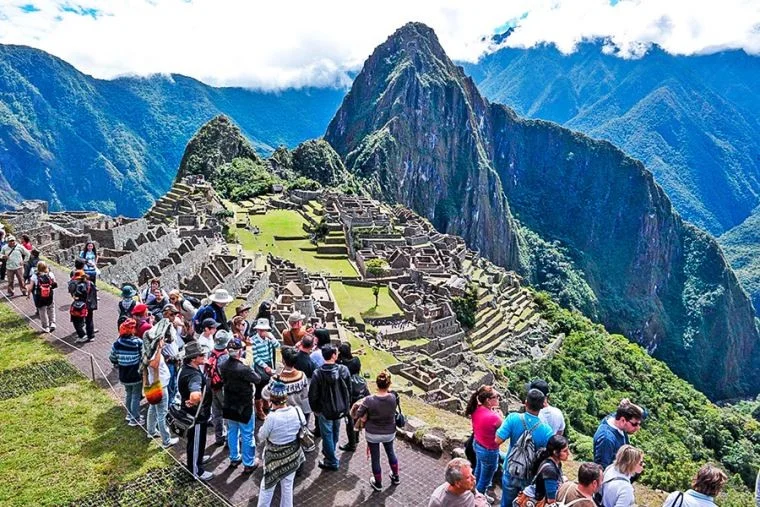
- Erosion and Wear: The massive influx of tourists has caused erosion of trails and physical wear on the stones and structures. The continuous friction of thousands of daily footsteps contributes to the deterioration of sensitive areas in the citadel.
- Environmental Deterioration: Surrounding ecosystems, such as the cloud forests that encircle Machu Picchu, are also affected by mass tourism. Litter, noise, and habitat disturbance are threatening the flora and fauna of the region.
- Pressure on Local Resources: The increasing demand for tourist services, such as lodging, water, and transportation, has created pressure on local resources. This affects both residents and the environment.
Conservation Measures: Safeguarding Machu Picchu
Aware of the delicate state of Machu Picchu, Peruvian authorities, together with international organizations, have implemented a series of measures. These aim to mitigate the impact of tourism and protect this invaluable heritage. Some of the most notable strategies include:
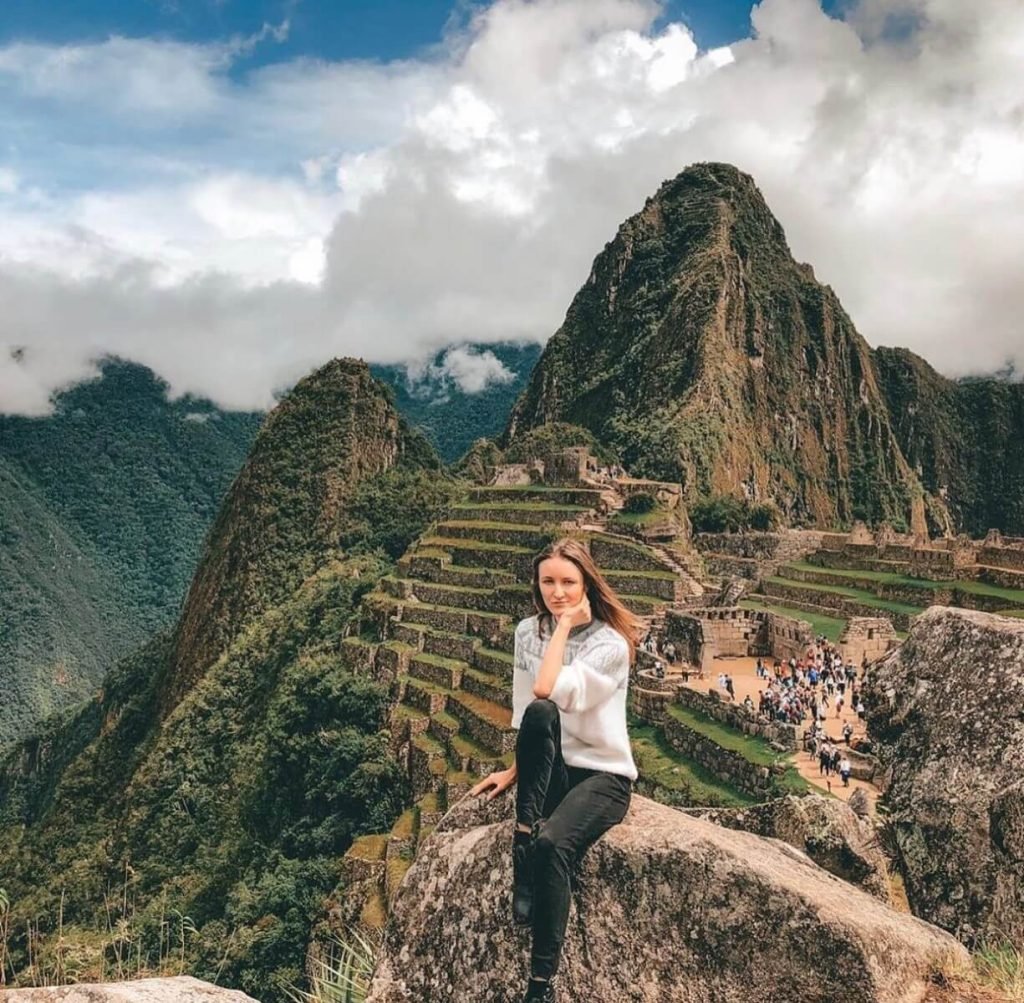
- ✓ Visitor Limit Control: Authorities set a daily limit of tourists to reduce pressure on the structures and trails. They allow only a controlled number of people to enter each day, distributing them across different time slots to avoid congestion.
- ✓ Alternative Routes and Regulated Trails: Authorities opened alternative paths to prevent the deterioration of the main routes. These routes distribute visitors more evenly. Additionally, they regulate the trails to guide tourists along predefined paths and minimize damage.
- ✓ Restoration and Preservation of Damaged Areas: Teams of experts launched restoration projects to repair the most affected areas of the citadel. They reinforced the structures and restored parts of the natural landscape to ensure the site’s preservation.
- ✓ Education and Awareness Programs: Organizations created campaigns to educate visitors on the importance of respecting conservation rules. These campaigns encourage avoiding contact with the stones, not littering, and following local guides’ instructions. They aim to promote responsible and conscious tourism.
The Challenge of Finding Balance: Tourism vs Conservation
The greatest challenge Machu Picchu faces is finding a sustainable balance between promoting tourism and conserving the site. Tourism is a vital source of income for the region. Maintaining this balance requires policies that prioritize cultural heritage protection. At the same time, thousands of people must be allowed to enjoy its beauty and legacy.
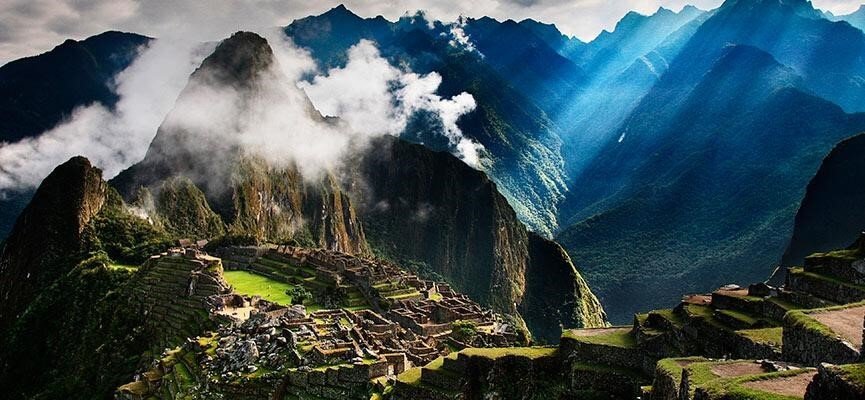
Some of the actions in this direction include:
- ⟶ Sustainable Infrastructure Development: New policies aim to develop sustainable tourist infrastructure that minimizes environmental impact. This includes eco-friendly transportation and more resource-efficient accommodations.
- ⟶ Responsible Tourism: Fostering a culture of responsible tourism is a priority. Visitors must become aware of their impact on the site. Compliance with regulations and respect for conservation are essential to ensuring Machu Picchu’s preservation.
Tourism in Machu Picchu is an essential economic engine, but it also presents significant challenges for the conservation of this world heritage site. Through the implementation of control, restoration, and education measures, authorities aim to ensure that the Inca citadel remains intact for future generations. However, this is a continuous effort that requires collaboration from both site managers and visitors. Supporting these initiatives and practicing responsible tourism is key to preserving the magic and mystery of Machu Picchu for centuries to come.
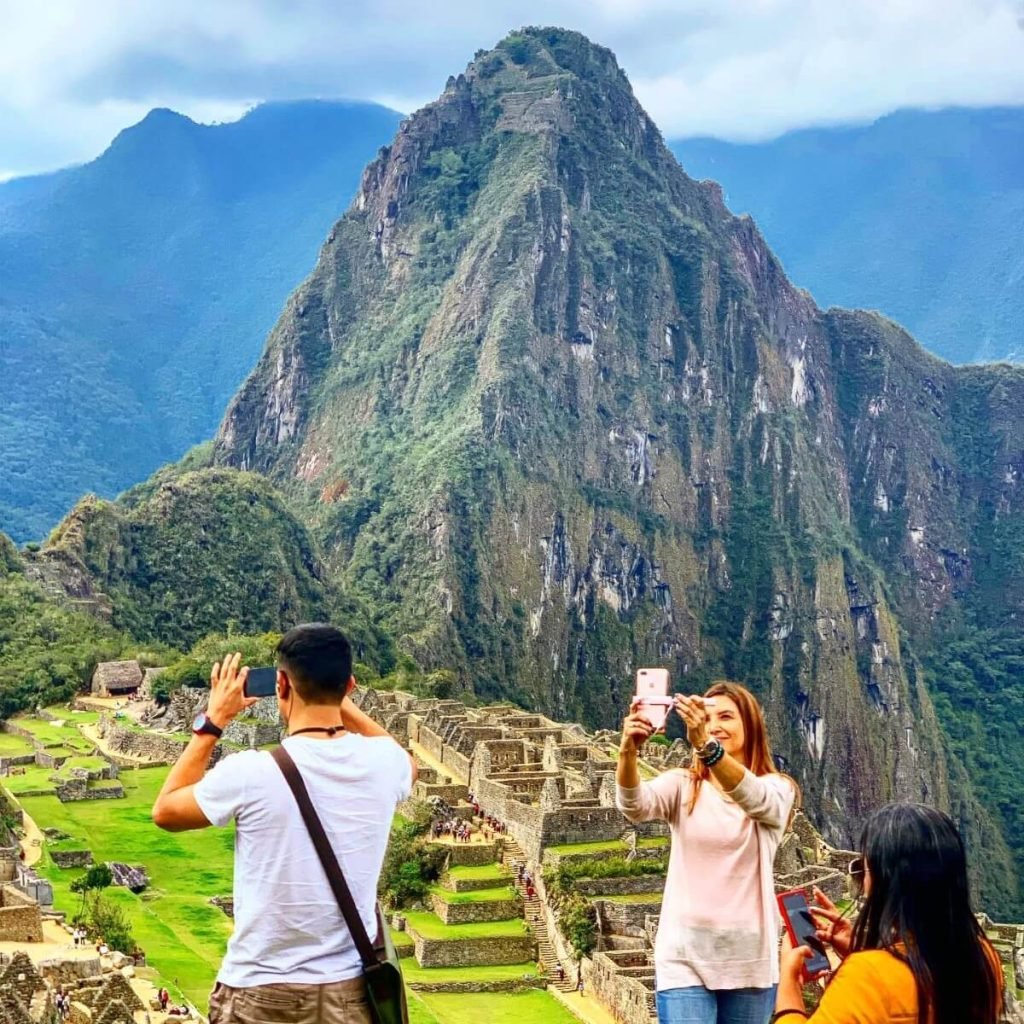
If you have the opportunity to visit Machu Picchu, remember that you are exploring not only a tourist site but a legacy of thousands of years. Your respect for this place will help ensure that future generations can also enjoy its splendor.
👍 Plan Your Visit with Lorenzo Expeditions
No matter the time of year you choose, Lorenzo Expeditions is here to help you plan your trip. With their experience and local knowledge, you can be sure to have an unforgettable experience at Machu Picchu.
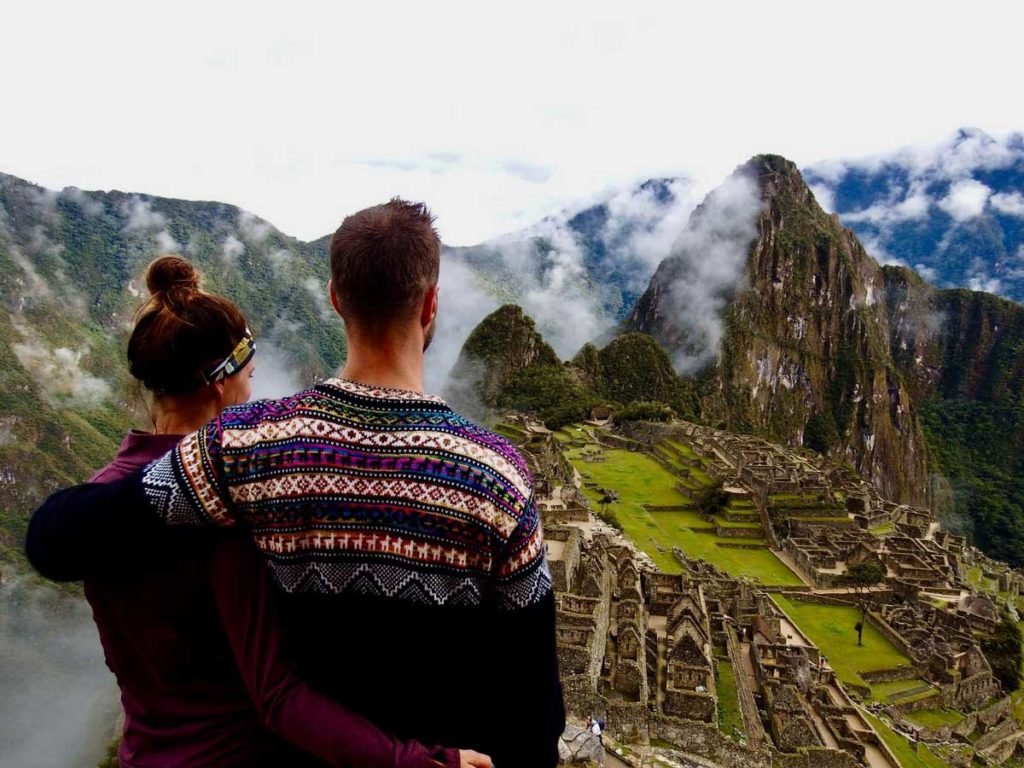
Don’t wait any longer! Book today and contact us to schedule your responsible adventure in Machu Picchu.
Machu Picchu + Rainbow Mountain + Humantay Lake 06 days
MORE INFORMATION HEREImagine walking along the trails of this ancient Inca citadel, knowing that every step you take contributes to its preservation. With Lorenzo Expeditions, you will not only experience the magic and mystery of Machu Picchu but also sustainable tourism. Our expert guides will take you along carefully selected routes while you enjoy breathtaking views.





